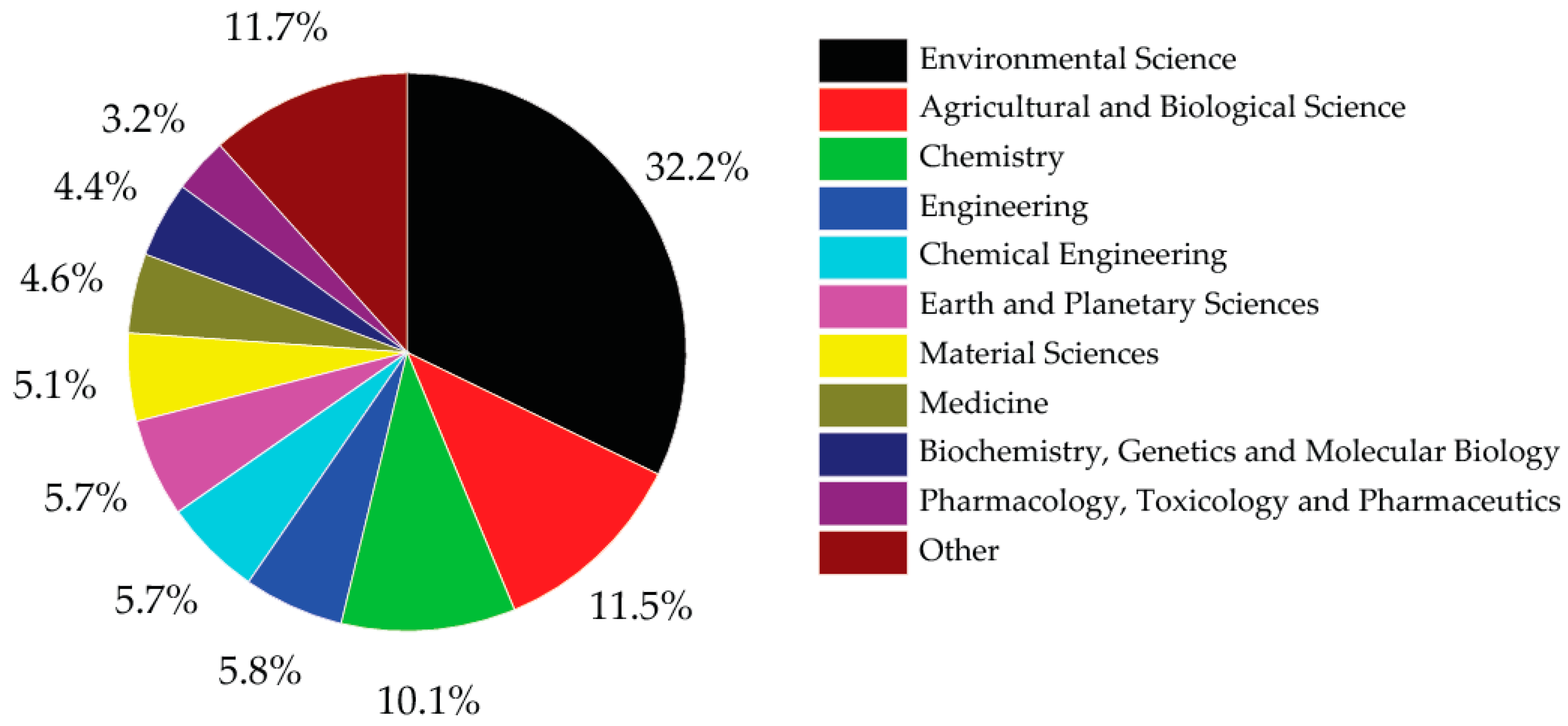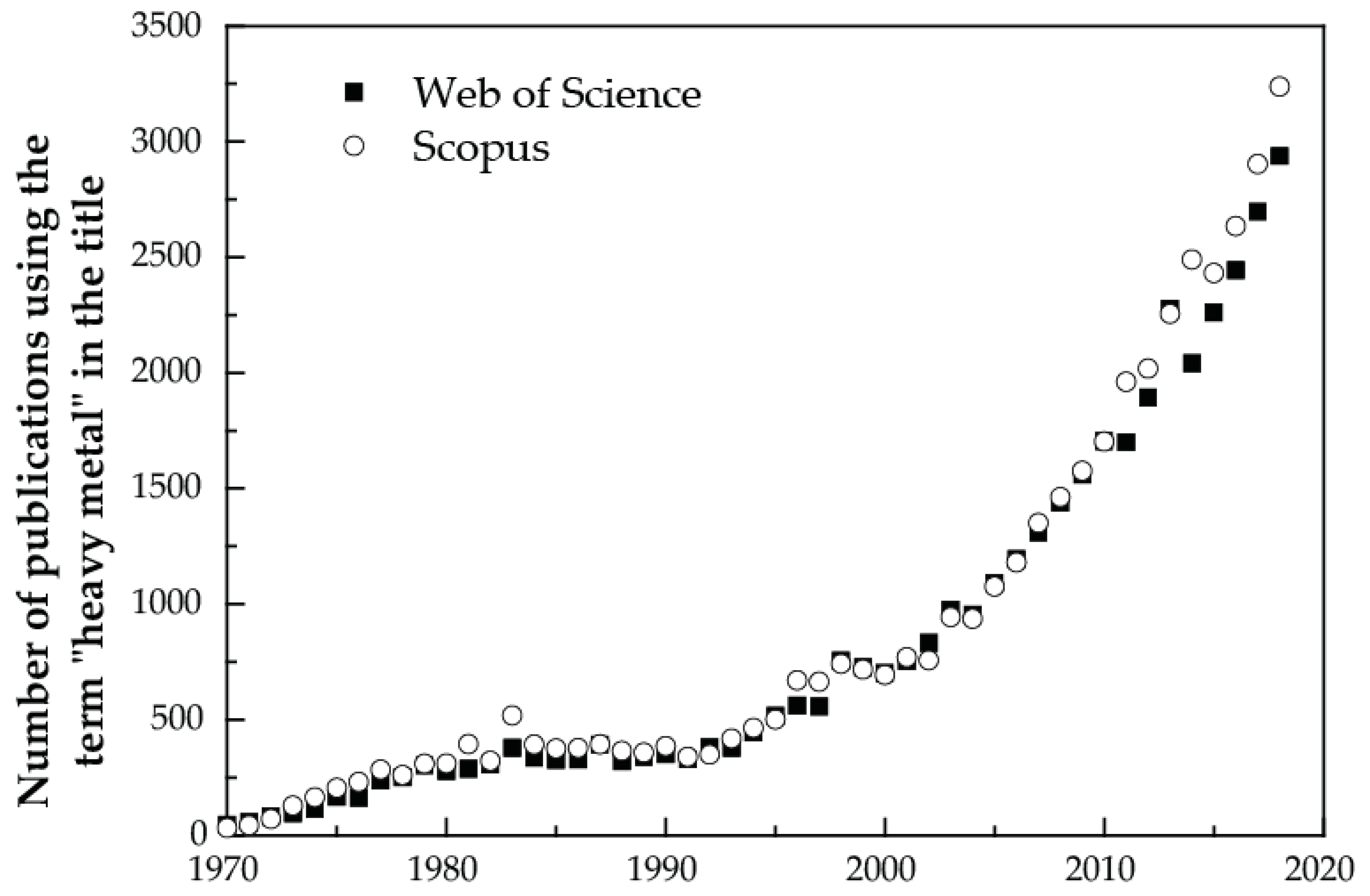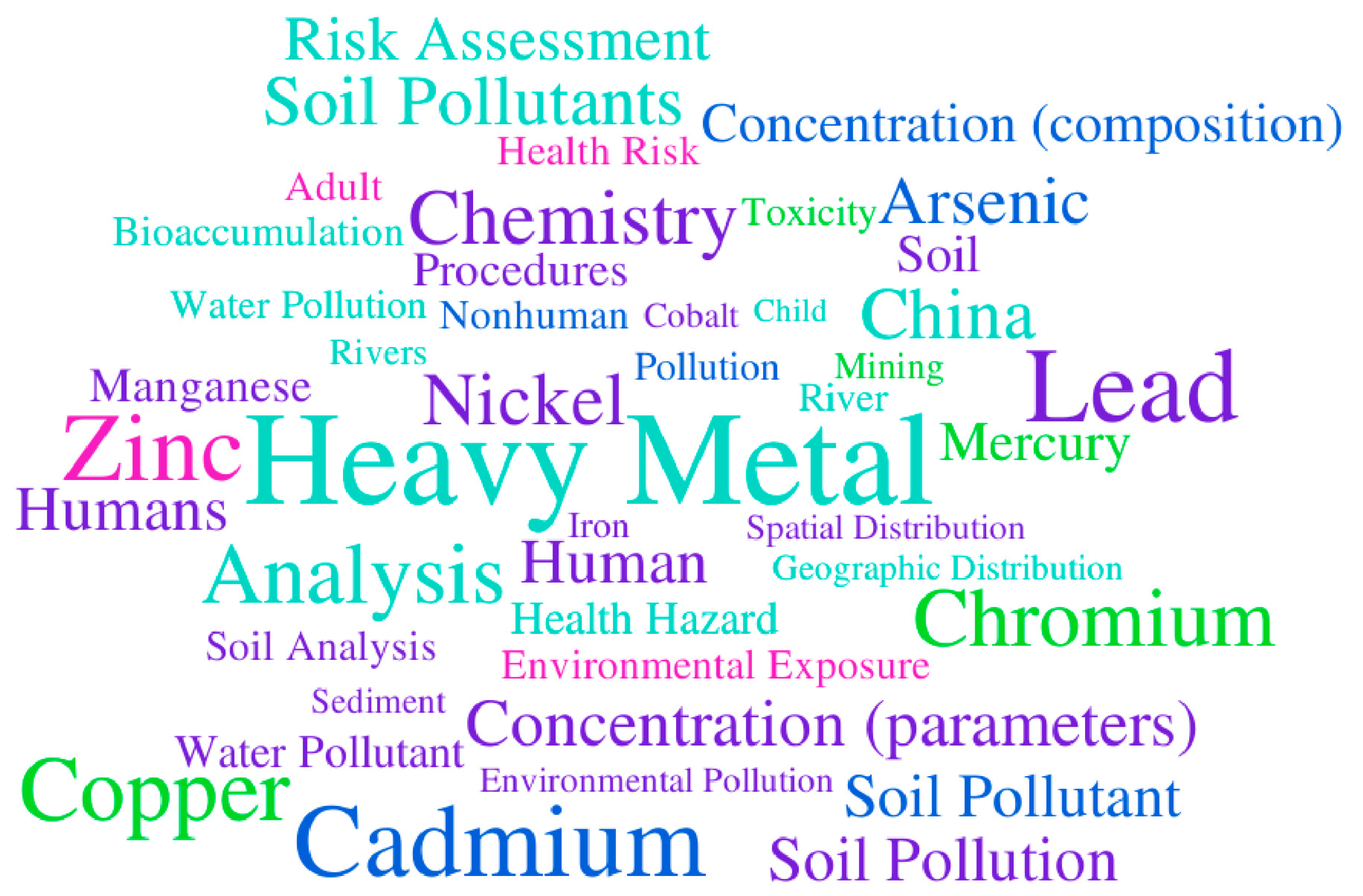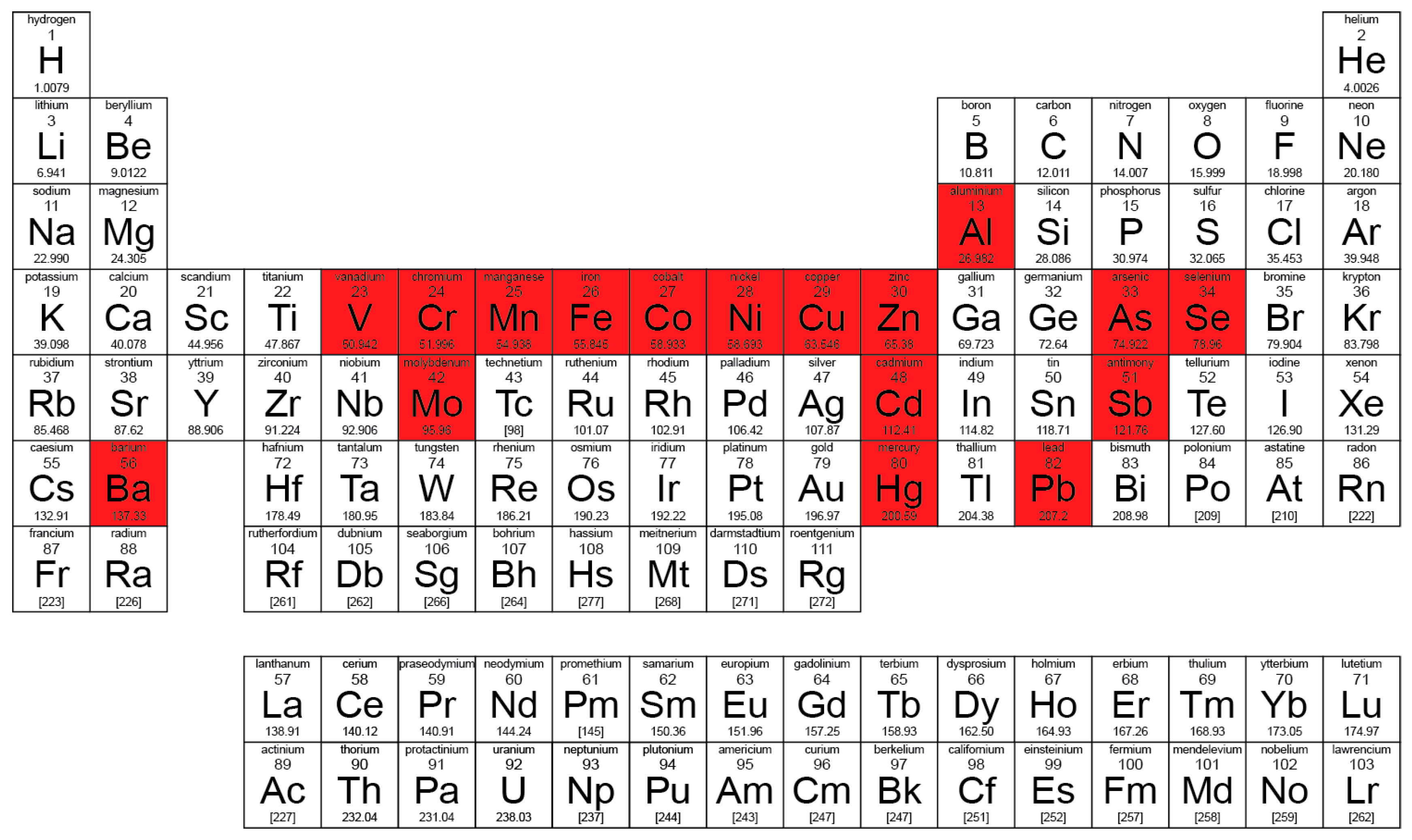It’s Time to Replace the Term “Heavy Metals” with “Potentially Toxic Elements” When Reporting Environmental Research
Abstract
:Concluding Remark
Author Contributions
Funding
Acknowledgments
Conflicts of Interest
References
- Biasioli, M.; Grčman, H.; Kralj, T.; Madrid, F.; Díaz-Barrientos, E.; Ajmone-Marsan, F. Potentially Toxic Elements Contamination in Urban Soils. J. Environ. Qual. 2007, 36, 70–79. [Google Scholar] [CrossRef] [PubMed]
- Nieboer, E.; Richardson, D.H.S. The replacement of the nondescript term ‘heavy metals’ by a biologically and chemically significant classification of metal ions. Environ. Pollut. Ser. B Chem. Phys. 1980, 1, 3–26. [Google Scholar] [CrossRef]
- Duffus, J.H. “Heavy metals” a meaningless term? (IUPAC Technical Report). Pure Appl. Chem. 2002, 74, 793–807. [Google Scholar] [CrossRef]
- Hodson, M.E. Heavy metals—Geochemical bogey men? Environ. Pollut. 2004, 129, 341–343. [Google Scholar] [CrossRef] [PubMed]
- Chapman, P.M. Heavy metal—Music, not science. Environ. Sci. Technol. 2007, 41, 6. [Google Scholar] [CrossRef]
- Hübner, R.; Astin, K.B.; Herbert, R.J.H. ‘Heavy metal’-time to move on from semantics to pragmatics? J. Environ. Monit. 2010, 12, 1511–1514. [Google Scholar] [CrossRef] [PubMed]
- Madrid, L. “Heavy metals”: Reminding a long-standing and sometimes forgotten controversy. Geoderma 2010, 155, 128–129. [Google Scholar] [CrossRef]
- Nikinmaa, M.; Schlenk, D. Uses of phrases. Aquat. Toxicol. 2010, 97, 1–2. [Google Scholar] [CrossRef] [PubMed]
- Chapman, P.M. “Heavy metal”—Cacophony, not symphony. Integr. Environ. Assess. Manag. 2012, 8, 216. [Google Scholar] [CrossRef] [PubMed]
- Batley, G.E. “Heavy metal”—a useful term. Integr. Environ. Assess. Manag. 2012, 8, 215. [Google Scholar] [CrossRef] [PubMed]
- Appenroth, K.-J. What are “heavy metals” in Plant Sciences? Acta Physiol. Plant. 2010, 32, 615–619. [Google Scholar] [CrossRef]
- Ali, H.; Khan, E. What are heavy metals? Long-standing controversy over the scientific use of the term ‘heavy metals’—proposal of a comprehensive definition. Toxicol. Environ. Chem. 2018, 100, 6–19. [Google Scholar] [CrossRef]
- Pourret, O.; Bollinger, J.C. “Heavy metal”—What to do now: To use or not to use? Sci. Total Environ. 2018, 610–611, 419–420. [Google Scholar] [CrossRef] [PubMed]
- Pourret, O. On the necessity of banning the term “heavy metal” from the scientific literature. Sustainability 2018, 10, 2879. [Google Scholar] [CrossRef]
- Pourret, O.; Bollinger, J.-C.; Van Hullebusch, E.D. On the difficulties of being rigorous in environmental geochemistry studies: Some recommendations for designing an impactful paper. Environ. Sci. Pollut. Res. 2019. [Google Scholar] [CrossRef]
- Schneider, A.R.; Cancès, B.; Ponthieu, M.; Sobanska, S.; Benedetti, M.F.; Pourret, O.; Conreux, A.; Calandra, I.; Martinet, B.; Morvan, X.; et al. Lead distribution in soils impacted by a secondary lead smelter: Experimental and modelling approaches. Sci. Total Environ. 2016, 568, 155–163. [Google Scholar] [CrossRef] [PubMed]




| Rank | “Heavy Metal” (n = 996) | Rank | “Potentially Toxic Element” (n = 131) | ||||
|---|---|---|---|---|---|---|---|
| Element | n | % | Element | n | % | ||
| 1 | Pb | 321 | 32 | 1 | Pb | 72 | 55 |
| 2 | Cd | 298 | 30 | 2 | Cd | 70 | 54 |
| 3 | Zn | 228 | 23 | 3 | Zn | 58 | 44 |
| 4 | Cu | 225 | 23 | 4 | Cu | 57 | 44 |
| 5 | As | 208 | 21 | 5 | As | 47 | 36 |
| 6 | Cr | 193 | 19 | 6 | Cr | 44 | 34 |
| 7 | Ni | 158 | 16 | 7 | Ni | 38 | 29 |
| 8 | Hg | 141 | 14 | 8 | Hg | 29 | 22 |
| 9 | Mn | 107 | 11 | 9 | Mn | 23 | 18 |
| 10 | Fe | 85 | 9 | 10 | Co | 20 | 15 |
© 2019 by the authors. Licensee MDPI, Basel, Switzerland. This article is an open access article distributed under the terms and conditions of the Creative Commons Attribution (CC BY) license (http://creativecommons.org/licenses/by/4.0/).
Share and Cite
Pourret, O.; Hursthouse, A. It’s Time to Replace the Term “Heavy Metals” with “Potentially Toxic Elements” When Reporting Environmental Research. Int. J. Environ. Res. Public Health 2019, 16, 4446. https://doi.org/10.3390/ijerph16224446
Pourret O, Hursthouse A. It’s Time to Replace the Term “Heavy Metals” with “Potentially Toxic Elements” When Reporting Environmental Research. International Journal of Environmental Research and Public Health. 2019; 16(22):4446. https://doi.org/10.3390/ijerph16224446
Chicago/Turabian StylePourret, Olivier, and Andrew Hursthouse. 2019. "It’s Time to Replace the Term “Heavy Metals” with “Potentially Toxic Elements” When Reporting Environmental Research" International Journal of Environmental Research and Public Health 16, no. 22: 4446. https://doi.org/10.3390/ijerph16224446
APA StylePourret, O., & Hursthouse, A. (2019). It’s Time to Replace the Term “Heavy Metals” with “Potentially Toxic Elements” When Reporting Environmental Research. International Journal of Environmental Research and Public Health, 16(22), 4446. https://doi.org/10.3390/ijerph16224446






